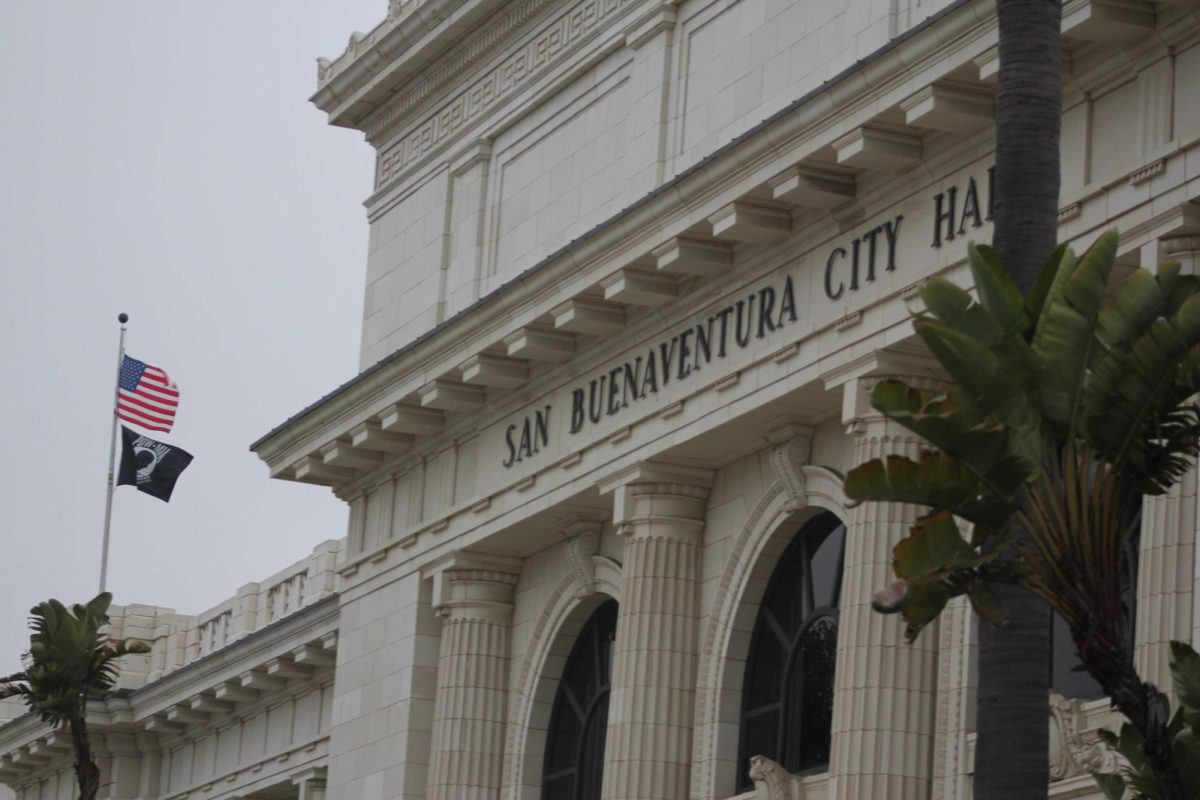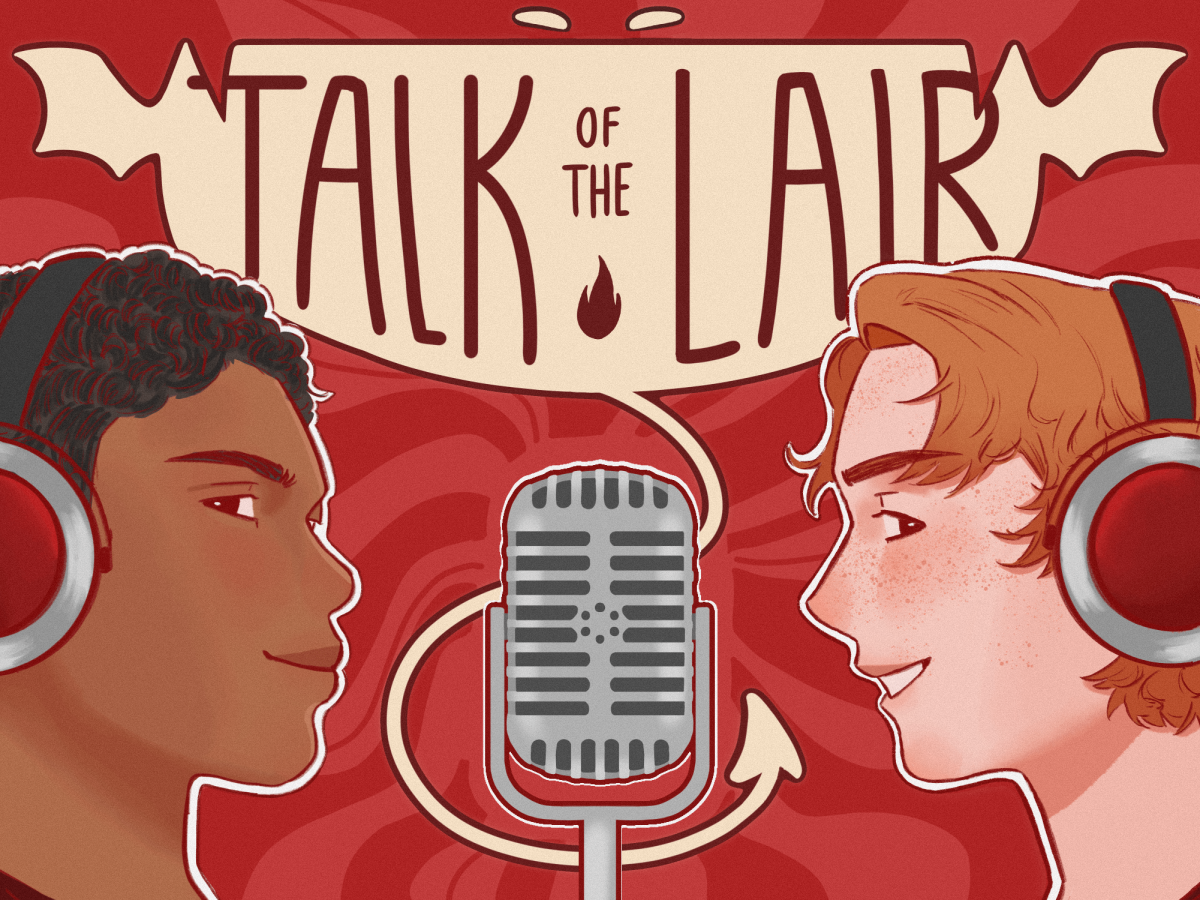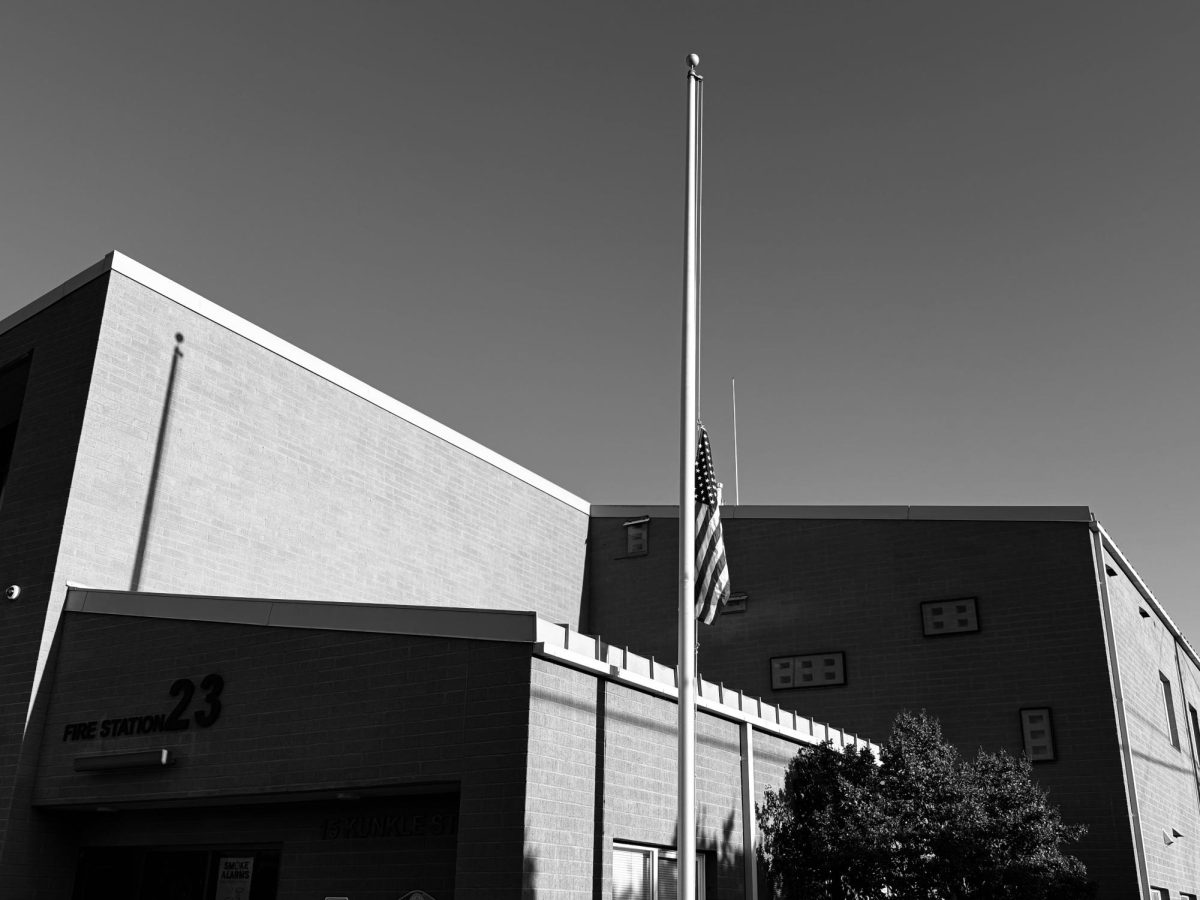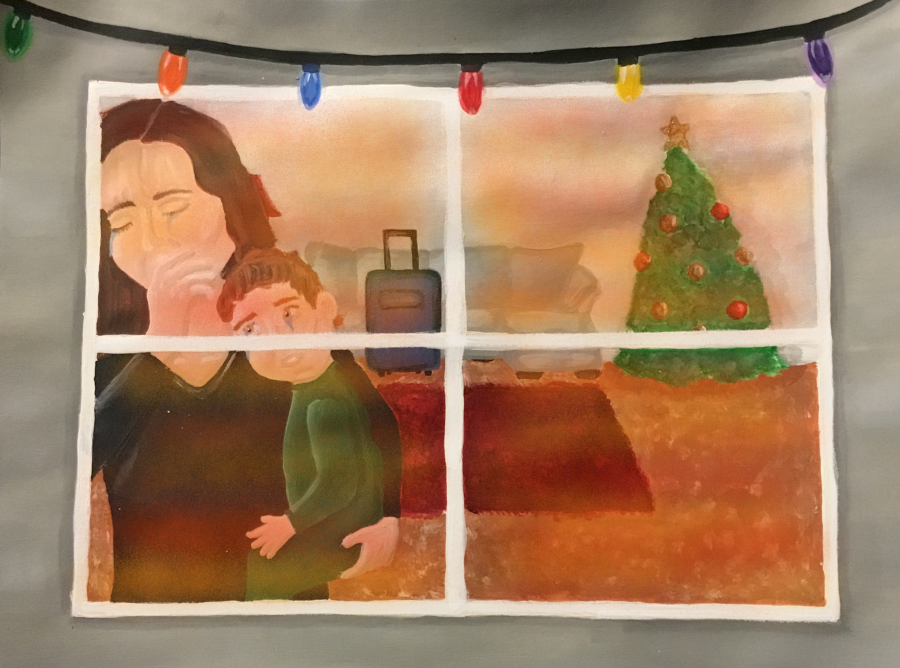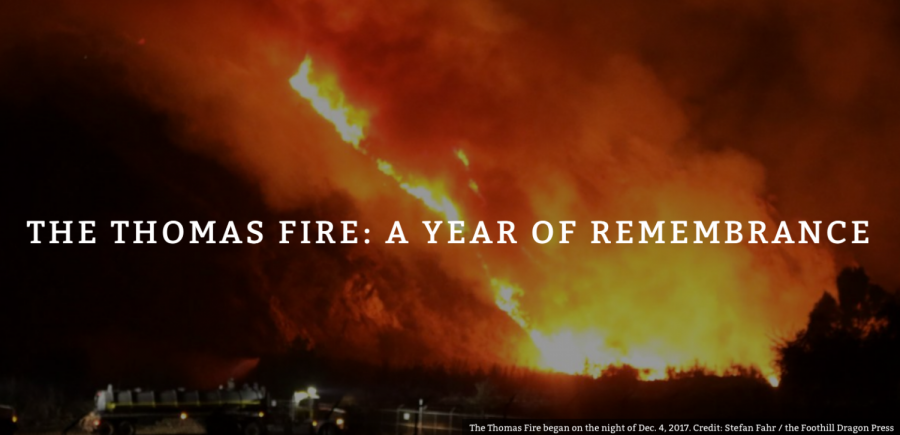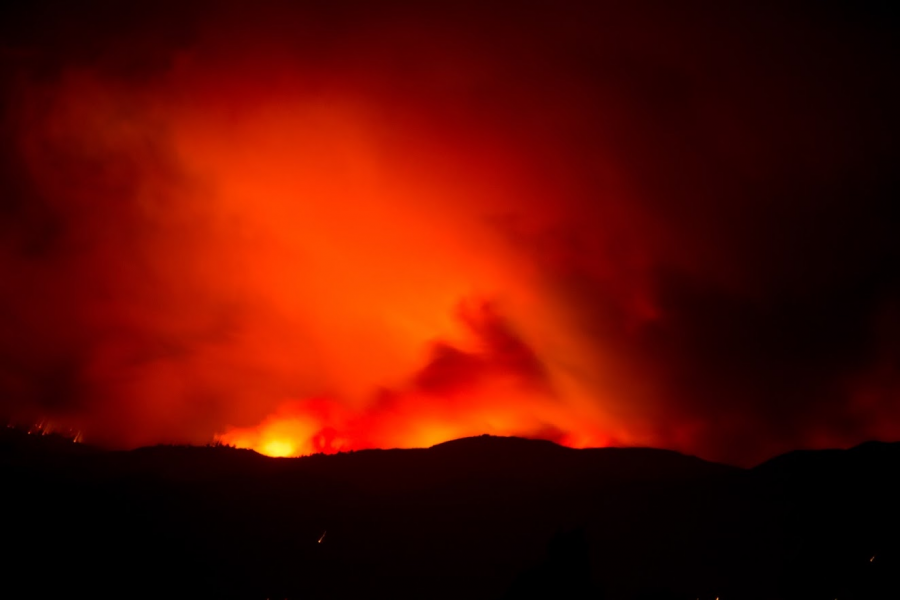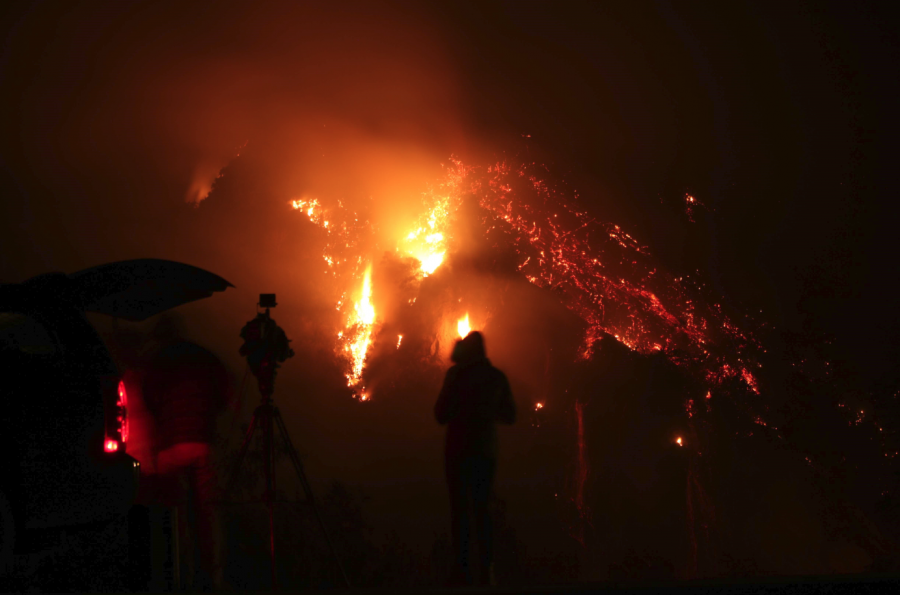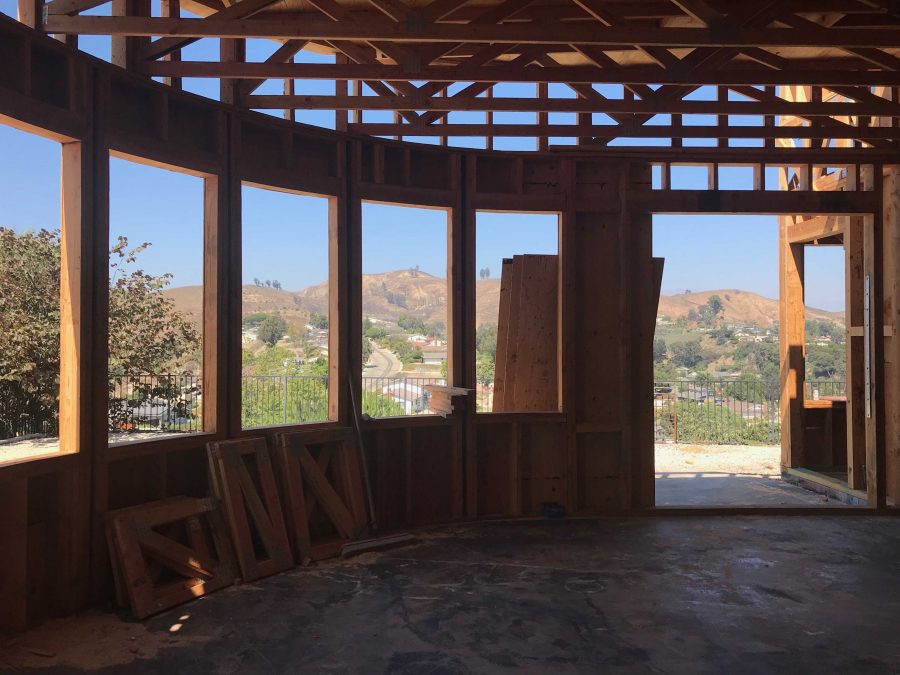Outlined against the sky in yellowed spirals of ashy smoke, the Thomas Fire looms like an apocalyptic dawn, reducing hillsides to breathing embers and neighborhood blocks to blackened war zones. The eerie silence in some neighborhoods is punctuated by the whir of helicopters and the scream of sirens.
Ventura has been shaken down to its roots by the Thomas Fire, with more than 50,000 people evacuated. At one point, more than 260,000 people in the Ventura and Santa Barbara counties had no access to power. Many students have been deeply affected, some evacuated and others left without homes. The last projected acreage devoured by the Thomas Fire is said to be 115,000, with some of Ventura’s most loved landmarks, Botanical Gardens and Two Trees, amongst the casualties.
Driven by hot, dry Santa Ana winds, the unpredictability and power of the Thomas Fire led California Governor Jerry Brown to declare Ventura County in a state of emergency. The fire has affected everything from main power lines to water sanitation to air quality. For the health and safety of students, Superintendent David Creswell has announced schools in the Ventura Unified School District are closed for the rest of this week.
With schools closed, neighborhoods evacuated and even the air severely impacted by smoke and ashes, the Thomas Fire has violently upended the familiar routines of daily life. In the face of nature’s brutal might, the reality of our fragility has come to the forefront.
Our thoughts and support are with the students and families who have been affected by this tragedy and we encourage the community to reach out and offer their support. Furthermore, we acknowledge and thank the efforts of the firefighters and first responders, and organizations such as Red Cross, United Way and the Salvation Army who are relieving evacuees.
At this time, our community should exercise caution and preparedness. We should not take unnecessary risks by staying in mandatory evacuation areas. The reluctance to leave beloved homes and treasured possessions has detained some from leaving areas of mandatory evacuation, but we must recognize that everything can be replaced, except human life.
The Thomas Fire is far from being an isolated incident with other fires in Southern California such as the Creek Fire and Rye Fire going on simultaneously. The California Fire Department has recorded 6,762 wildfires from Jan. 1, 2017 to Dec. 3, 2017. These most recent events are the culmination of California’s most brutal year regarding wildfires.
The trial has not passed, but the slow and painful process of rebuilding is nearing. How much will insurance cover for homes and essential items? How are we to prevent such horrific damage in the future? Are the current materials being used for building too flammable? What materials should we use in the future? As the most recent fires in Northern California have led us to question, and California’s legislative committee has called a hearing for, do wildfire alert systems need to be updated? Did everyone have enough warning to safely evacuate?
Despite the indisputable place of fire in revitalizing ecological systems, we are faced with ever more difficult challenges about the increasing frequency, danger and duration of these wildfires. Excessive heat caused by climate change increases the aridity in already dry areas and dries out vegetation, which in turn serves as fuel. The result is a perfect environment for devastating fires.
The Thomas Fire will die, but its legacy is already urging us forward. Underlying the sense of closure must also lie a recognition that disasters like these may be recurrent. The task we have before us is to model a new approach towards the future.
In the process of rebuilding we cannot forget the cohesiveness and partnership we feel now. This tragedy has shown us how tightly our community is knitted together, whether evidenced by posting about threatened areas via social media forums or providing support through family networking. The warmth, goodwill and compassion we have shown to those who need it shine a hopeful light into our future.
Editorials reflect a majority opinion of the 11-person Editorial Review Board and are written collaboratively.



